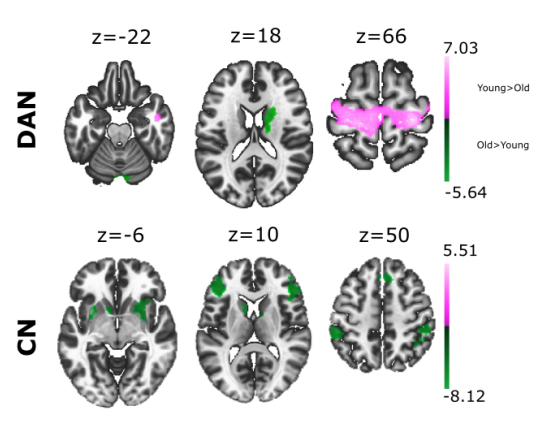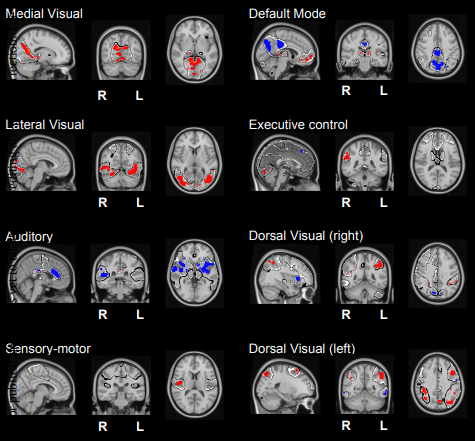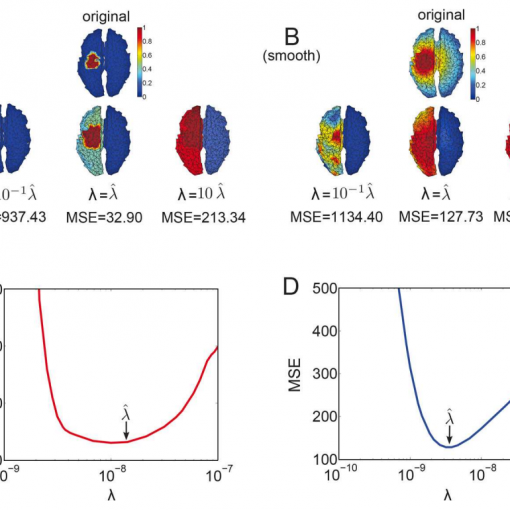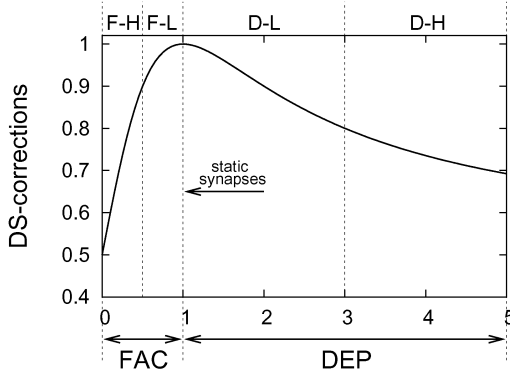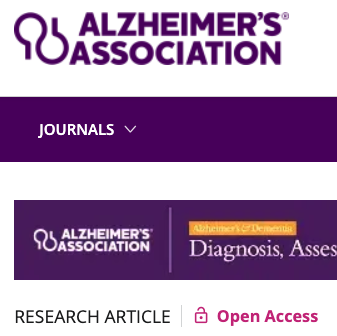Endika Martínez Gutiérrez, Antonio Jiménez Marín, Sebastiano Stramaglia, and Jesus M. Cortes. Large scale brain organization of anti-correlated networks and their variations in the aging brain. OHBM 2022 – Organization for Human Brain Mapping [pdf]
Introduction:
Anatomically connected networks introduce statistical dependencies in the dynamics of the connected regions, inducing functional connectivity (FC). However, FC might also occur between regions with no direct anatomical connections, due to multiple effects such as common inputs, physiological components, or the indirect effects, correlations coming from third common-neighbour regions (Friston, 2011). Functionally connected networks can be decomposing in positively and negatively correlated networks, widely known as anti-correlated networks (ACNs). In relation to ACNs, it has been shown that some pre-processing steps might enhance the presence of ACNs (Murphy et al., 2018). Other studies have also shown that ACNs might have a biological role, beyond details on the pre-processing steps (Fox et al., 2009). It has been shown the anti-correlating role of the DMN (Uddin et al., 2009; Chen et al., 2017) for some specific resting state networks (RSNs), but there is not yet a systematic work analysing large-scale organization of ACNs, which is the main purpose of this study. Moreover, we also show how the structure and organization of ACN is affected in the aging brain.
Methods:
Data were selected from the 1000 functional connectomes project. We chose N=198 subjects from the Beijing Zang dataset (Chao-Gan, 2017), that after a quality-check selection process resulted in 192 subjects (74 male, 118 female). For the analysis in aging, we chose the “Max Planck Institut Leipzig Mind-Brain-Body Dataset – LEMON” (Babayan et al., 2019). In particular, we chose Nyoung=20 (range 20-25years; 10 male, 10 female), and Nold= 20 (range 70-80 years; 10 male, 10 female). The functional images were pre-processed using the Functional Connectivity (CONN v18b) toolbox (Whitfield-Gabrieli & Nieto-Castanon, 2012). We have analysed the following 8 different RSNs: Default Mode Network (DMN), Frontoparietal Network (FPN), Sensorimotor Network (SMN), Dorsal Attention Network (DAN), Visual Network (VN), Language Network (LN), Salience Network (SN) and Cerebellar Network (CN). For the Beijing Zang dataset voxel wise multiple correction was performed using p-FDR-corrected < 10-14 and peak to voxel p-FWE corrected < 10-14. For the Lemon dataset the correction thresholds were p-FDR-corrected < 0.05 and cluster size p-FDR-corrected < 0.05.
Results:
Among all the 8 different RSNs analysed, the precuneus plays the major anti-correlating role, participating in 4 of the 8 ACNs. Other secondary structures playing anti-correlating roles are the superior frontal gyrus, and the posterior cingulate gyrus. When looking to differences in ACNs between young and old adults, DAN and CN are the RSNs with higher significant group differences.
Conclusions:
We have assessed in a systematic manner the organization and anatomy of 8 relevant ACNs in the human brain. Furthermore, we have shown how by looking only to the structure of ACNs, it is possible differentiate relevant aspects between young and old adults. Our results give special relevance to ACNs, and suggest its use for disentangle common patterns of alterations across conditions, for instance, as it occurs in several neurodegenerative diseases at early onset, or across some psychiatric conditions.
References
K. J. Friston, «Functional and Effective Connectivity: A Review», Brain Connectivity, vol. 1, n.o 1, pp. 13-36, ene. 2011, doi: 10.1089/brain.2011.0008.
C. Murphy et al., «Distant from input: Evidence of regions within the default mode network supporting perceptually-decoupled and conceptually-guided cognition», Neuroimage, vol. 171, pp. 393-401, may 2018, doi: 10.1016/j.neuroimage.2018.01.017.
J. E. Chen, G. H. Glover, M. D. Greicius, y C. Chang, «Dissociated patterns of anti‐correlations with dorsal and ventral default‐mode networks at rest», Hum Brain Mapp, vol. 38, n.o 5, pp. 2454-2465, feb. 2017, doi: 10.1002/hbm.23532.
L. Q. Uddin, A. M. Kelly, B. B. Biswal, F. X. Castellanos, y M. P. Milham, «Functional connectivity of default mode network components: correlation, anticorrelation, and causality», Hum Brain Mapp, vol. 30, n.o 2, pp. 625-637, feb. 2009, doi: 10.1002/hbm.20531.
Y. A. N. Chao-Gan, «Beijing Eyes-Open Eyes-Closed II (Beijing EOEC2) Dataset», The R-fMRI Network, jul. 17, 2017. http://rfmri.org/BeijingEOEC2_Raw (accedido nov. 04, 2021).
A. Babayan et al., «A mind-brain-body dataset of MRI, EEG, cognition, emotion, and peripheral physiology in young and old adults», Sci Data, vol. 6, p. 180308, feb. 2019, doi: 10.1038/sdata.2018.308.
S. Whitfield-Gabrieli y A. Nieto-Castanon, «Conn: a functional connectivity toolbox for correlated and anticorrelated brain networks», Brain Connect, vol. 2, n.o 3, pp. 125-141, 2012, doi: 10.1089/brain.2012.0073.
